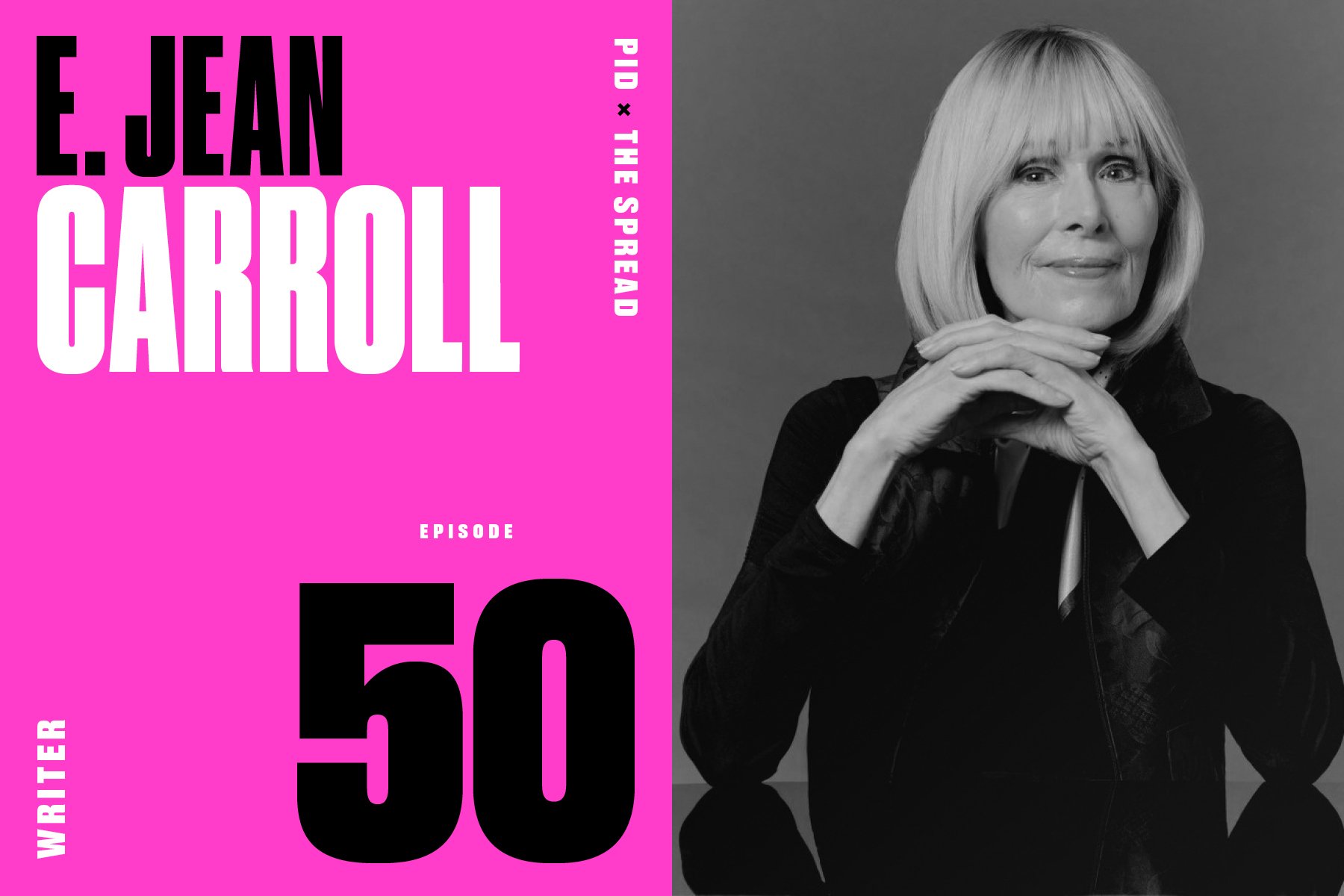Episode 63: Françoise Mouly (Art Editor: The New Yorker)
/I first met Françoise Mouly at The New Yorker’s old Times Square offices. This was way back when artists used to deliver illustrations in person. I had stopped by to turn in a spot drawing and was introduced to Françoise, their newly-minted cover art editor.
I should have been intimidated, but I was fresh off the boat from Canada and deeply ensconced in my own bubble—hockey, baseball, Leonard Cohen—and so not yet aware of her groundbreaking work at Raw magazine.
Much time has passed since that fortuitous day and I’ve thankfully caught up with her ouevre—gonna get as many French words into this as I can—through back issues of Raw and TOON Books. But mostly with The New Yorker, where we have worked together for over 30 years and I’ve been afforded a front-row seat to witness her mode du travail, her nonpareil mélange of visual storytelling skills.
Speaking just from my own experience, I can’t tell you how many times at the end of a harsh deadline I’ve handed in a desperate, incoherent mess of watercolor and ink, only to see the published product a day later magically made whole, readable, and aesthetically pleasing.
Because Françoise prefers her artists to get the credit, I assume she won’t want me mentioning the many times she rescued my images from floundering. I can remember apologetically submitting caricatures with poor likenesses, which she somehow managed to fix with a little manipulation numérique—a hairline move forward here, a nose sharpened there. Or ideas that mostly worked turned on their head—with the artist’s permission, of course—to suddenly drive the point all the way home.
For Françoise, “the point” is always the point. Beautiful pictures are fine, but what does the image say? Françoise maintains a wide circle of devoted contributing artists—from renowned gallery painters to scribbling cartoonists, and all gradations between—from whom she regularly coaxes their best work. I thank my étoiles chanceuses to be part of that group.
And now, an interview with Françoise. Apparently.














